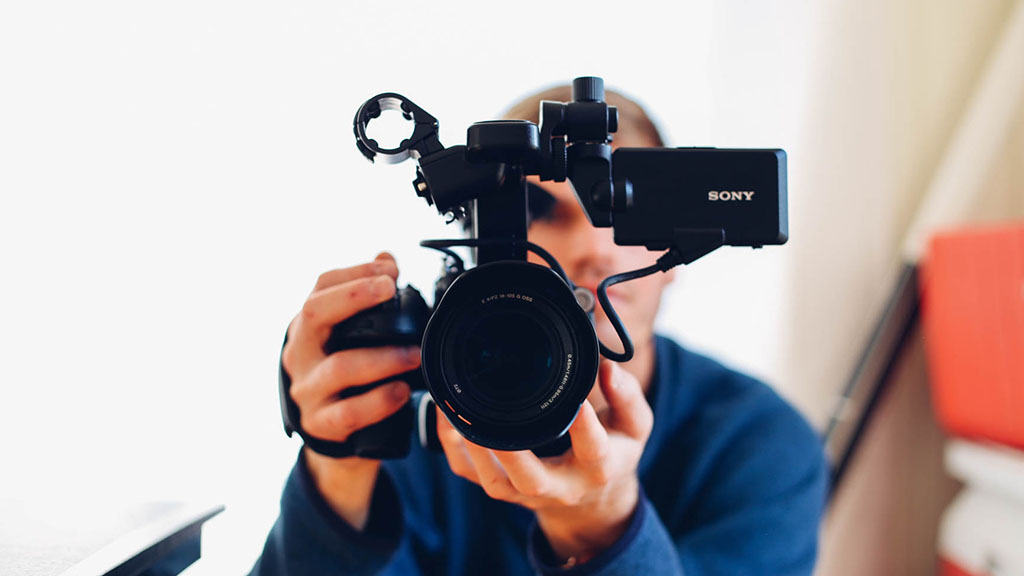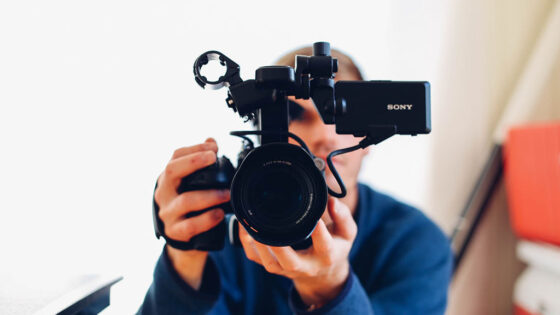Filmmaking is a powerful art form—a fusion of storytelling, visuals, and sound that can inspire, educate, and entertain. Whether you’re crafting a short film, a documentary, or a feature-length masterpiece, the difference between a good film and a great one often comes down to preparation, technique, and creativity.
This guide dives deep into the most effective filmmaking tips to help you elevate your work and create compelling stories that resonate with your audience.
1. Build Your Film on a Strong Foundation: The Script
A captivating film starts with a solid story. Before picking up a camera, ensure your script is tight, clear, and emotionally engaging.
Tips for a strong script:
- Know your core message: What do you want the audience to feel or take away?
- Create three-dimensional characters: Give them flaws, desires, and challenges.
- Use structure wisely: The three-act structure (setup, confrontation, resolution) is a classic for a reason.
- Edit ruthlessly: Every scene should push the story forward.
Pro Tip: Don’t just write—read your script aloud or have actors do a table read. Hearing dialogue in real time will highlight awkward or unnatural lines.
2. Pre-Production is Your Best Friend
Pre-production is where vision meets planning. The more organized you are, the smoother your shoot will run.
Key pre-production steps:
Casting: Choose actors who not only fit the role but also have chemistry together.
Storyboarding: Sketch scenes to visualize camera angles and framing.
Shot lists: Create detailed lists of every shot you need to capture.
Location scouting: Find locations that match your vision and work logistically for your crew.
Pro Tip: Have a backup plan for weather, location issues, and equipment failures. Murphy’s Law loves film sets.
3. Light Like a Pro
Lighting can make or break the mood of a scene. A well-lit frame directs attention, creates atmosphere, and improves the overall quality of your visuals.
Lighting essentials:
Practical lighting: Use visible sources like lamps or candles to add realism.
Three-point lighting: Key light (main), fill light (softens shadows), back light (separates subject from background).
Golden hour magic: Shoot during early morning or late afternoon for soft, cinematic light.
Pro Tip: Don’t just think about light—consider shadows. They add depth and drama.
4. Capture High-Quality Sound
Bad sound instantly ruins immersion. Even if your visuals are stunning, poor audio will turn audiences away.
Sound best practices:
- Invest in a good mic: Lavalier mics for dialogue, shotgun mics for directionality.
- Record room tone: A minute of ambient sound from each location will make editing smoother.
- Use sound creatively: Layer effects and background noise to build atmosphere.
Pro Tip: Always monitor sound with headphones during shooting to catch problems early.
5. Use the Camera as a Storytelling Tool
Camera work should enhance—not distract from—the story. Every movement and frame should have purpose.
Camera techniques:
- Static shots: Great for stability and focus.
- Tracking shots: Create movement and immersion.
- Handheld shots: Convey realism, tension, or intimacy.
- Rule of thirds: Keep important elements along imaginary grid lines for pleasing composition.
Pro Tip: Move the camera only when it adds meaning. Unnecessary movement can confuse the audience.
6. Collaborate and Communicate
A film crew is like an orchestra—you’re the conductor. Clear communication keeps everyone working in harmony.
Teamwork tips:
- Hold a production meeting before shooting.
- Keep a positive atmosphere—morale affects performance.
- Trust specialists (cinematographers, sound engineers, editors) to bring their expertise.
Pro Tip: Always acknowledge hard work. A simple “great job” goes a long way on set.
7. Editing: The Final Rewrite
Editing shapes the final emotional impact of your film. This is where pacing, rhythm, and mood come to life.
Editing essentials:
- Cut ruthlessly: Remove any shot or scene that doesn’t serve the story.
- Color grading: Adjust tones and hues to match the mood—cool tones for mystery, warm tones for romance.
- Sound design: Layer ambient sounds, effects, and music for immersion.
- Pacing control: Match editing speed to the scene’s energy.
Pro Tip: Step away from your edit for a day or two. Fresh eyes catch mistakes you missed.
8. Keep Learning and Experimenting
Great filmmakers are lifelong learners. Study, practice, and take creative risks.
Ways to improve:
- Watch films with a critical eye—pause and analyze.
- Read filmmaking books and industry blogs.
- Participate in workshops and online courses.
- Try unconventional techniques to find your unique style.
Final Word
Filmmaking is both a craft and an art. Mastering the technical aspects will give you control, but embracing creativity will make your work memorable. Whether you’re shooting on a smartphone or a cinema camera, remember: story first, execution second, passion always.
Read Other Articles: https://cinmox.com/blog



